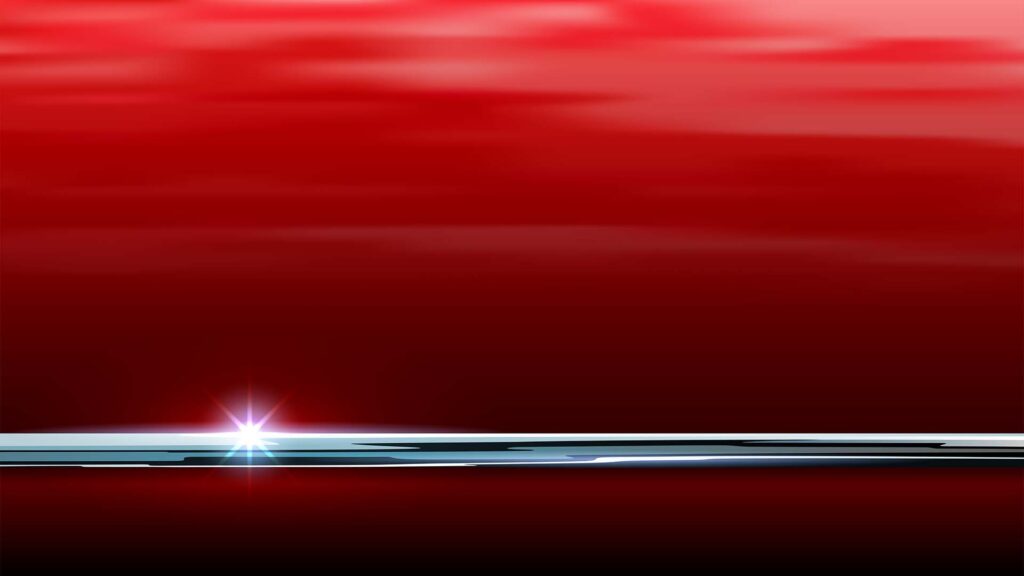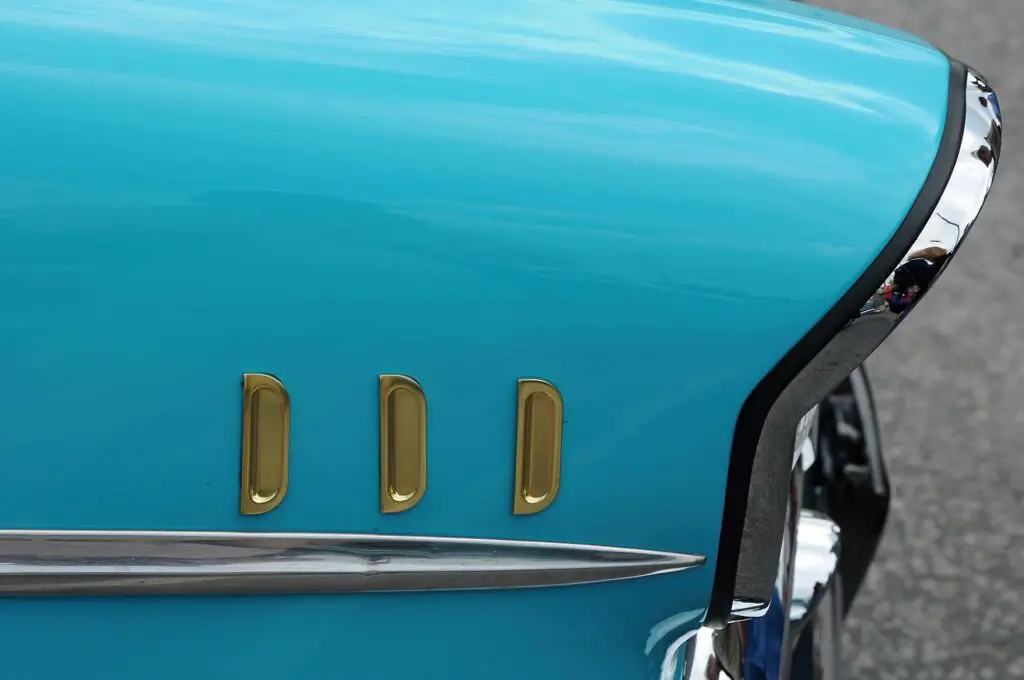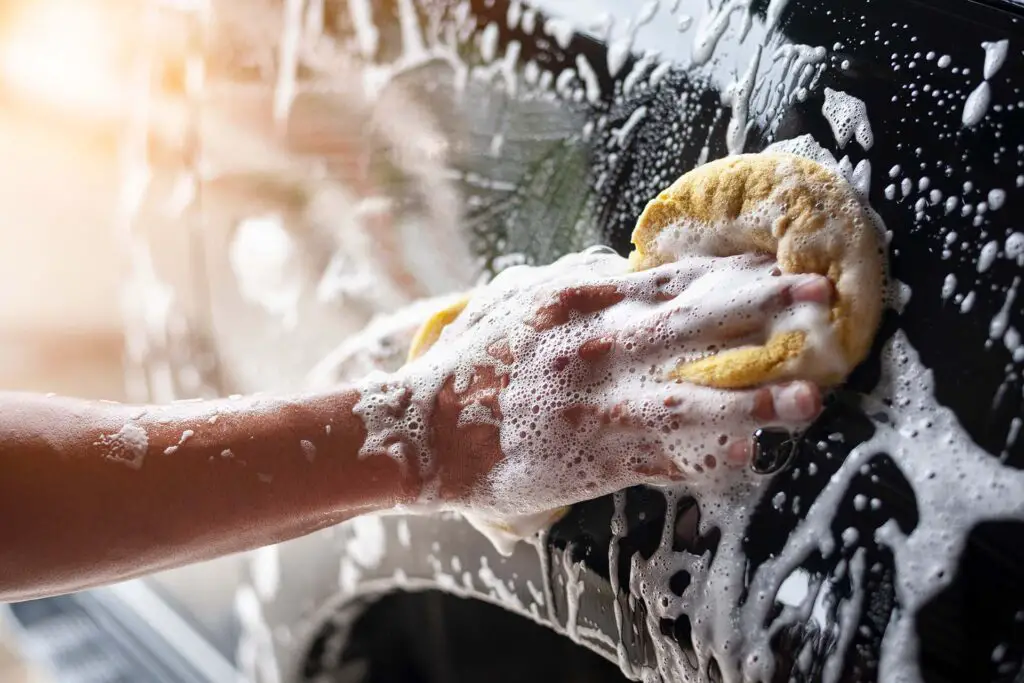When it comes to car protection and elevating the appearance of your beloved vehicle, one essential automotive accessory stands out – auto body side molding. In this comprehensive guide, we will delve into the world of auto body side molding, exploring its purpose, the various types available, installation and maintenance tips, and even its significance when relocating your vehicle.
What Is Auto Body Side Molding?
Auto-side body molding is a key component in vehicle customization. Its primary purpose is to protect your vehicle’s exterior from potential damage caused by dings, scratches, and minor impacts. This protective layer is typically strategically installed along the sides of your four-wheeler.
That way it’s acting as a barrier against everyday hazards encountered in parking lots and narrow spaces. Additionally, the evolution of vehicles has elevated its importance, transforming it from a pragmatic solution to a stylish addition that enhances the overall vehicle aesthetic enhancement.
Discover Different Types of Auto Body Side Molding Kits
Different materials, designs, and sizes allow customization to fit your vehicle model compatibility and personal preferences. Materials range from durable plastic to flexible rubber and even chrome, each offering unique advantages and aesthetics.
The variety in designs and sizes ensures a perfect complement to your vehicle’s appearance, catering to every style preference. So, be creative and achieve some of the cool car mods. To get the bigger picture of how big this market actually is, consider it was estimated to have a value of $19,610 million in 2022.

Benefits of Auto Body Side Molding
Setting aside the worst vehicle mod, the main advantage of this maneuver is the protection against dings and scratches. This being said, it actually serves as a car transit protection measure. Simultaneously, it serves as a stylish accessory, enhancing your four-wheeler’s look and allowing personalization to match your style.
Protection Against Dings and Scratches
Auto body side molding acts as a shield, especially valuable in parking lots. It creates a protective barrier along your car’s sides, effectively absorbing minor impacts and preventing damage. This minimizes the need for costly auto body work and maintains your car’s pristine condition.
Enhancing Your Vehicle’s Aesthetic Appeal
It’s an opportunity to make a statement and showcase your unique style. Since it comes in various designs, finishes, and colors, you can customize the automotive exterior accessories. Whether you prefer a subtle, understated look or a bold, eye-catching design, side molding provides the versatility to match your car’s aesthetics to your individual taste.

Choose the Right Mod for Your Four-Wheeler
Selecting the ideal molding for your four-wheeler involves careful consideration of various factors. Let’s explore the key aspects to keep in mind to ensure a perfect fit for your vehicle, especially if you’re a beginner.
Match Side Molding With Your Vehicle Model
When choosing side molding, it’s crucial to factor in the specifics of your vehicle’s model and make. Different vehicles have varying contours and design elements, and side molding should complement these features seamlessly. Consider the following factors based on your model:
- Body shape – analyze the overall body shape of your car, as certain molding styles may be better suited for particular shapes.
- Vehicle size – the size of your vehicle matters when selecting side molding. Ensure that the molding’s dimensions align with the proportions of your car.
- Design consistency – look for side molding options that maintain the design consistency of your four-wheeler. It should seamlessly integrate with the existing aesthetics.
- OEM or aftermarket – decide whether you want Original Equipment Manufacturer (OEM) side molding, which matches your car’s factory design, or if you prefer aftermarket options with unique styles.
Color Coordination and Style Compatibility
Achieving a cohesive and appealing look for your vehicle involves considering color coordination and style compatibility. However, keep in mind that there are some illegal mods. Here are some tips to help you make the right choice:
- Color match – opt for side molding that matches or complements your car’s color. A harmonious color scheme can enhance your vehicle’s overall appearance.
- Contrast for emphasis – alternatively, you can choose side molding with a contrasting color to create a visual focal point and add a touch of uniqueness.
- Style selection – pay attention to the molding’s design and style. Consider whether it aligns with the overall look you want to achieve, whether it’s a sleek and modern appearance or a more classic and ornate design.
- Personalization – explore customization options. Some manufacturers offer personalized side molding, allowing you to choose colors and styles that reflect your personal taste and preferences.

Installation and Maintenance of Side Molding
Proper side molding installation and maintenance are crucial to ensure its effectiveness and longevity. Let’s check out how to mod your four-wheeler – here’s a guide with the entire process of installation and essential maintenance tips to keep your side molding looking and performing its best.
DIY Installation of Auto Body Side Molding
DIY car maintenance can be a rewarding and cost-effective undertaking. However, if you want to do it yourself, surely, some guidance would be more than helpful. Here’s a step-by-step guide to help you through the process.
Step 1: Gather Your Tools and Materials
Preparing for this special DIY project requires adequate preparation. So, before you begin, ensure you have the necessary tools and materials:
- Auto body side molding kit (including molding strips),
- Measuring tape or ruler,
- Pencil or chalk for marking,
- Cleaning supplies (alcohol or mild detergent),
- Microfiber cloth,
- Scissors or utility knife,
- Heat gun or hair dryer (for certain installations),
- Mounting adhesive or double-sided tape (if not included in the kit).
Step 2: Prepare Your Vehicle
Start by thoroughly cleaning the area where you plan to install the side molding. Use alcohol or a mild detergent to remove any dirt, wax, or residue. Ensure the surface is dry before proceeding.
Step 3: Measure and Mark
Use a measuring tape or ruler to determine the precise placement of the side molding. Mark the desired positions on your vehicle’s surface with a pencil or chalk, ensuring even spacing and alignment.
Step 4: Apply Adhesive
If your side molding kit doesn’t come with pre-applied adhesive, apply a suitable automotive mounting adhesive or double-sided tape along the back of the molding strips.
Step 5: Install the Side Molding
Carefully align the molding with the marked positions on your vehicle’s surface. Press it firmly into place, ensuring it adheres securely.
Step 6: Trim Excess
If necessary, use scissors or a utility knife to trim any excess molding, making sure the edges are neat and flush with the vehicle’s body.
Step 7: Apply Heat (if required)
For certain installations, especially in colder weather, use a heat gun or hair dryer to gently warm the molding. This makes it more pliable and helps it adhere better to the contours of your car.
Maintenance Tips for Longevity and Aesthetics
To ensure the longevity and aesthetics of your side molding, regular maintenance is essential. That’s why you should clean it regularly by using a microfiber cloth and a mild automotive detergent. Avoid abrasive materials or harsh chemicals that could damage the finish.
If you notice any damage or wear on your side molding, address it promptly. Small scratches can often be buffed out, while more significant damage may require replacement. Always refer to your manufacturer’s guidelines for specific maintenance and repair recommendations.

Auto Body Side Molding and Vehicle Relocation
When it comes to relocating your vehicle, whether across town or across the country, the role of auto body side molding becomes increasingly significant. This being said, let’s explore the crucial aspects of side molding during the relocation process and how it contributes to the safety and preservation of your vehicle.
Importance of Side Molding During Relocation
The importance of auto body side molding during vehicle relocation cannot be overstated. It serves as a vital protective barrier for your car during transit, shielding it from potential dings, scratches, and minor impacts that can occur during loading, unloading, or even while in transit.
Moving experts recognize the value of side molding in safeguarding your vehicle’s exterior, and they often take extra precautions to ensure its protection. Whether your vehicle is transported on an open trailer or enclosed carrier, side molding adds an additional layer of defense against the hazards of the road. It’s a small but crucial investment that can make a significant difference in preserving the pristine condition of your car during the relocation process.
Preparing Your Four-Wheeler for Car Relocation Services
Preparing for the move is stressful and time-consuming, especially when planning to ship a car across the country. To ensure that your auto body side molding remains secure and protected during relocation, follow these steps:
- Inspect the molding – before the move, carefully inspect your side molding for any loose or damaged sections. If you notice any issues, consider repairing or replacing them before relocation.
- Clean the surface – clean the areas surrounding the side molding with a mild detergent to remove dirt and debris. Ensure the surface is dry before proceeding.
- Secure loose ends – check for any loose ends or edges of the side molding. If necessary, use automotive adhesive or double-sided tape to secure them in place.
- Protect with wrap – consider using a protective wrap or covering specifically designed for auto body side molding. This extra layer can help prevent potential damage during transit.
- Communicate with movers – inform your vehicle relocation experts about the presence of side molding and its significance in protecting your car. They can take extra care during loading and unloading to avoid unnecessary contact with the molding.

Embrace the Dual Benefits of Auto Body Side Molding
Auto body side molding stands as a versatile automotive asset, offering both protection and style enhancements for your vehicle. Whether you’re considering side molding for added protection during daily commutes or planning a vehicle relocation, its significance shouldn’t be overlooked.
Explore the diverse options available and make informed choices that align with their unique preferences and vehicle needs. For those embarking on a relocation journey, remember that side molding can be an invaluable safeguard. Also, communicating its importance to moving experts can help ensure a smooth and damage-free transition for your prized possession.
Frequently Asked Questions About Auto Body Side Molding
Is It Possible to Install Side Molding by Myself?
Yes, it is possible to install side molding by yourself. Many kits come with detailed instructions for DIY installation. However, if you’re unsure or want a professional touch, consider seeking assistance from an automotive expert.
How Do I Maintain the Condition of My Auto Body Side Molding?
To maintain your side molding, regularly clean it with a mild detergent and a microfiber cloth. Avoid abrasive materials and harsh chemicals. Promptly repair any damage, and protect it during car washes or extreme weather conditions.
What Should I Consider About Side Molding When Relocating My Car?
When relocating your four-wheeler, emphasize the importance of side molding to protect against potential damage during transit. Communicate its significance to the vehicle relocation experts to ensure they handle your vehicle with care and avoid unnecessary contact with the molding.








